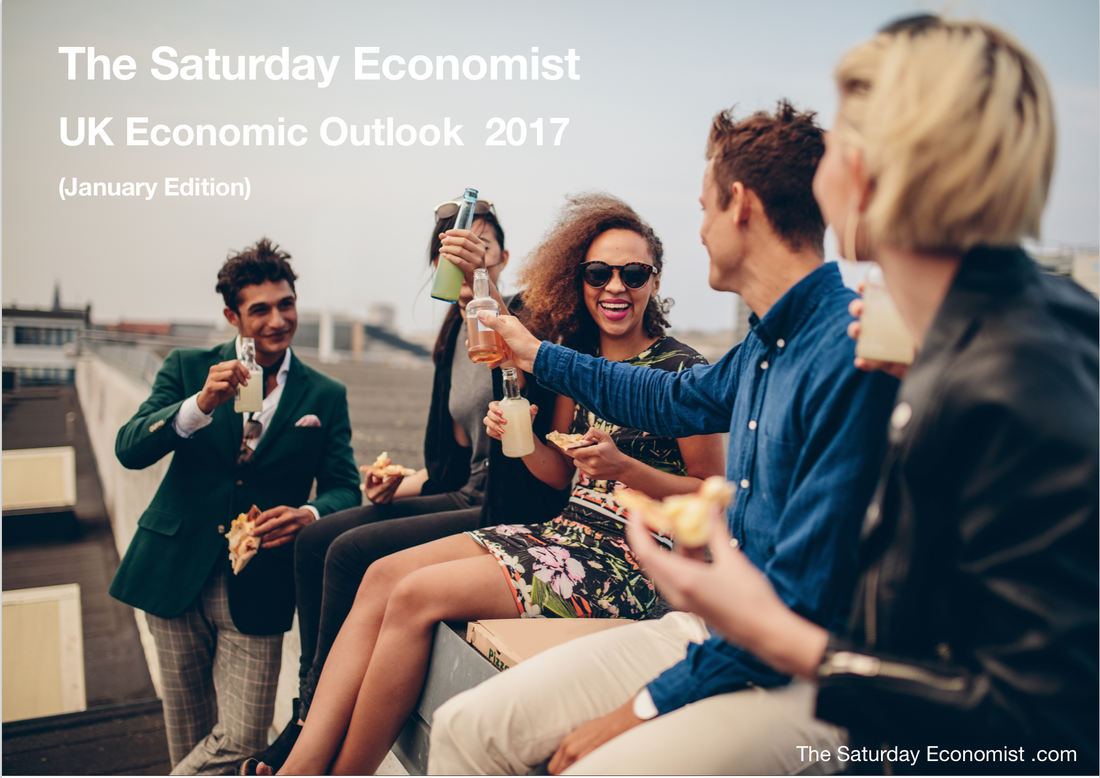 In the UK we expect the economy to have grown by 2.2% in 2016 following growth of 2.3% in 2015. Our central forecast is for growth to slow to 1.8% in 2017, with an upside potential of 2.2%. In the US the recovery continues with growth of 2.2% expected in the year ahead following growth of 1.6% in 2016. We expect inflation to rise early in 2017 prompted by the rise in oil prices and the depreciation of Sterling. The Bank of England expect inflation to peak at around 3% by the first quarter of 2018. NIESR expect inflation to rises to just under 4% be the end of 2017. We expect inflation to rise significantly in the first quarter, ending the year at 2.5% The service sector continues to underpin growth in the economy. Following growth of 2.5% in 2015, we expect service sector growth of 2.2% in 2016 and 2.1% in 2017. Construction output, driven by developments in housing and infrastructure, increased by 3.4% in 2015. We now expect growth of 0.2% value based in 2016 and 0.3% in 2017. Manufacturing output remains almost 6% below the peaks registered in 2008 prior to recession. Following an increase in manufacturing output of 2.9% in 2014, output fell by -0.1% in 2015. We expect an increase of 0.3% in 2016 and 0.1% in 2017. Within the service sector, the leisure sector is expected to show strong growth along with a strong performance in business services, transport and finance. Overall, the UK will experience modest growth in output over the next two years. [We estimate the long term trend rate of growth to be 2.4% following latest data revisions. We do not share concerns about UK productivity.] Our GDP Expenditure model is consistent and balanced with the ONS data. We forecast GDP(E) growth of 2.2% in 2016 and 1.8% in 2017. We continue to offer little hope for the re balancing agenda in our forecasts for growth in expenditure. Household expenditure increased by 2.5% in 2016. We expect growth of 2.7% in 2016 slowing to 2.6% in 2017. Government expenditure increased by 1.3% in 2015. Government expenditure is expected to have increased by 0.9% in 2016 increasing to 1.2% in 2017. Investment increased by 3.4% in 2015. We expect growth of 0.7% in 2016 and 1.3% in 2017 following disappointing Q3 returns. Domestic expenditure increased by 3.4% in 2014 and by 1.9% in 2015. We expect growth of 1.9% in 2016 rising to 2.1% in 2017. Net trade will continue to have a negative impact on growth, with exports increasing at a slightly slower rate than imports. We are forecasting a deficit (trade in goods) of £132 billion in 2016, rising to £136 billion in 2017. The deficit trade in goods will be offset by a surplus trade in services of over £90 billion. The challenge to the current account following the drop in overseas investment income continues, presenting a significant problem to the outlook for sterling over the medium term. We expect the current account deficit to average 5% of GDP in 2017, a level incompatible with base rates at 0.25%. For more information on jobs, borrowing and interest rates download a copy of the Saturday Economist Economic Outlook January 2017. Just click to download.
0 Comments
Leave a Reply. |
The Saturday EconomistAuthorJohn Ashcroft publishes the Saturday Economist. Join the mailing list for updates on the UK and World Economy. Archives
July 2024
Categories
All
|
| The Saturday Economist |
The material is based upon information which we consider to be reliable but we do not represent that it is accurate or complete and it should not be relied upon as such. We accept no liability for errors, or omissions of opinion or fact. In particular, no reliance should be placed on the comments on trends in financial markets. The presentation should not be construed as the giving of investment advice.
|
The Saturday Economist, weekly updates on the UK economy.
Sign Up Now! Stay Up To Date! | Privacy Policy | Terms and Conditions | |

 RSS Feed
RSS Feed